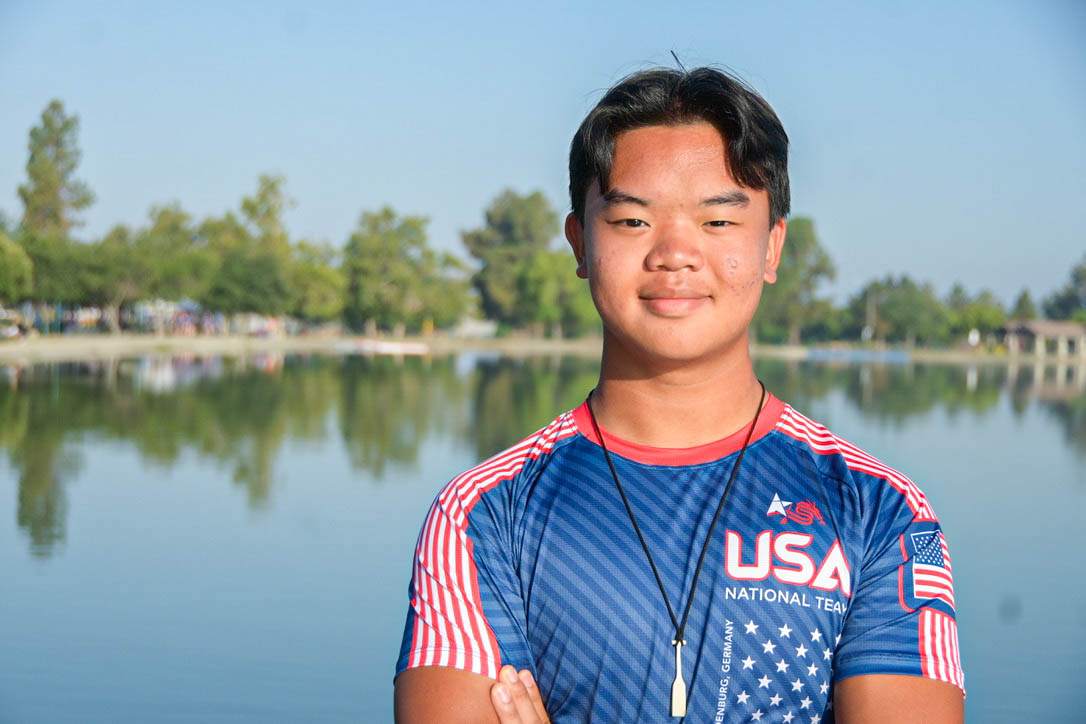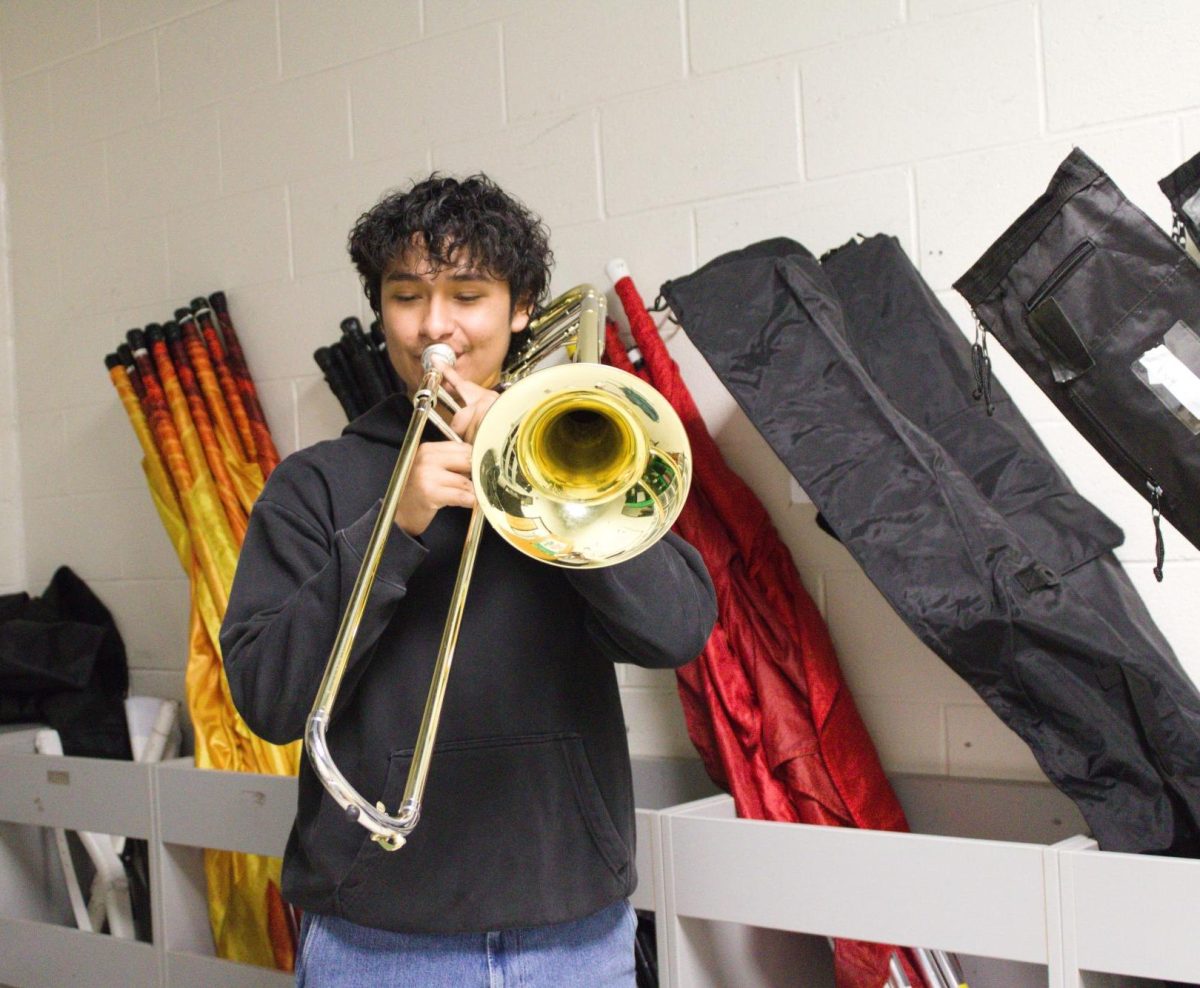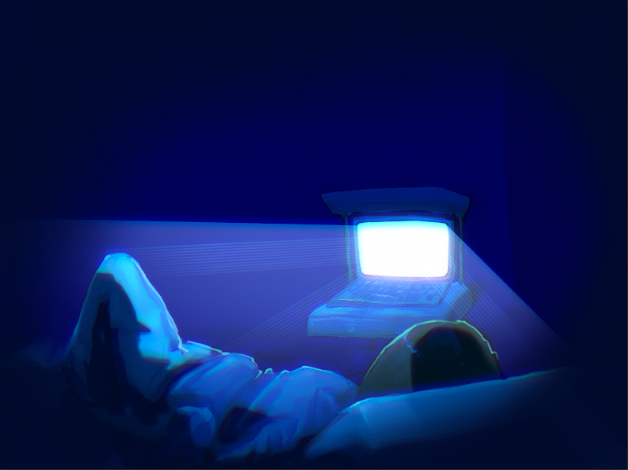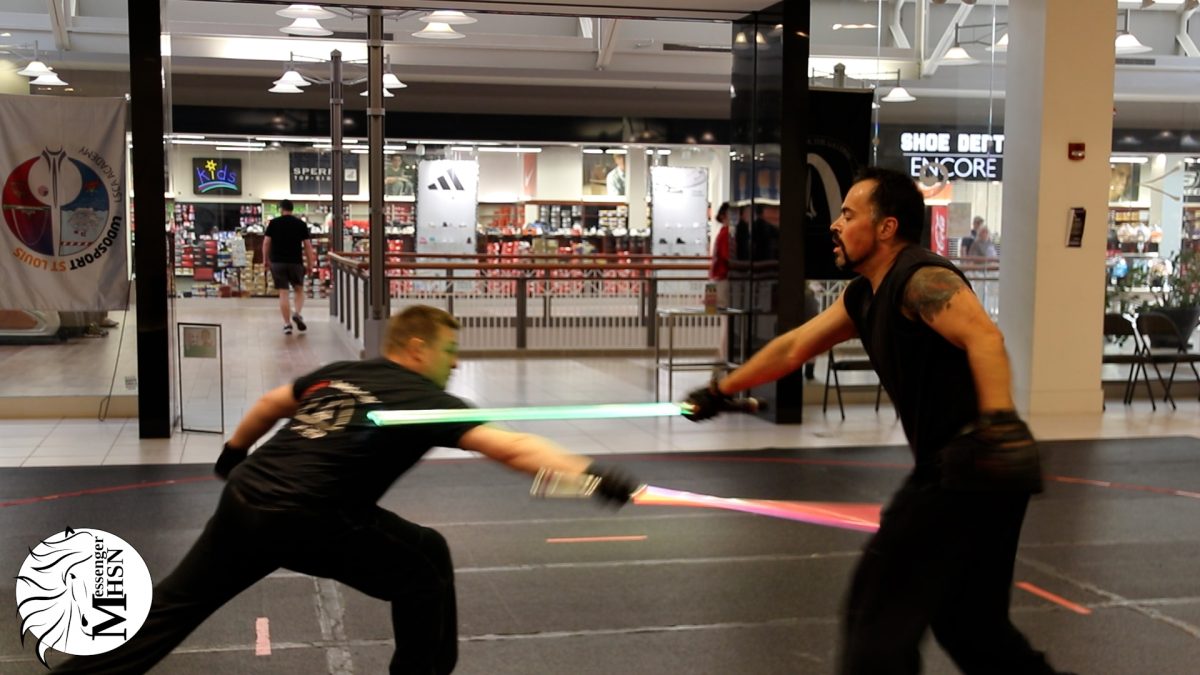I remember watching my first Disney animated movie: it was “The Lion King,” a beautiful and bittersweet classic about the journey Simba takes to reclaim his place as king and restore balance to the Pride Lands. From Mufasa’s death to the number “Hakuna Matata,” this movie still lingers in my head today. I’m sure the same can be said for many.
But Disney’s animations are more than just movies. For decades, these stories have shaped the collective imagination of audiences worldwide. Disney is one of the societal keystones for youth and adults alike, creating connections that seem impossible and offering an escape into a world that is all encapsulating — the most magical place on earth, as it is said. But, according to The Guardian, movements such as #TimesUp, #MeToo and Black Lives Matter challenge old, sometimes racist norms, forcing Disney to confront a pressing question: how do these iconic tales, rooted in white-dominated cultural narratives, translate to a world that demands more inclusion, authenticity and respect for a variety of cultures?
When Disney began remaking these animated films as live-action adaptations, many saw it as an opportunity to give these stories new life and, significantly, to expand their cultural reach. Thus, the Stories Matter campaign was born. This shift promised a more inclusive future for Disney’s stories — one that would feature a wider variety of faces and voices, offering something for all audiences, no matter their race or background. But with this ambition came tension, controversy and criticisms about the limits of diversity. For example, according to Forbes, fans criticized various culture-centric films for not representing the culture accurately and instead perpetuating racial stereotypes and tropes.
While Disney has certainly made strides in diversifying its casts in these remakes, is it enough? Casting an actress of color in the role of Ariel or Jasmine may be an improvement in terms of representation, but are we addressing the deeper issues of cultural authenticity, or are we simply pasting a band-aid over a gaping wound?
Casting trials and tribulations
In 2023, the casting of Halle Bailey, a Black singer and actress, as Ariel in “The Little Mermaid” created a seismic cultural movement. Bailey’s casting was a radical shift in how audiences understood who could be a princess — I saw many heartwarming videos online of young Black girls saying, “She looks like me!” to the TV screen, sending Disney a clear message: representation truly matters. Diversity is entirely in their interest, as they can use it to reach larger audiences and make more strides in the world of cultural representation.
However, backlash persisted. Many internet users protested that Ariel should remain white, citing the character’s European origins in “The Little Mermaid” fairytale by Hans Christian Andersen and using the trending hashtag #NotMyAriel. This type of criticism reflected a larger societal discomfort with seeing traditional, long-established characters portrayed by actors of color — a discomfort that veiled underlying racial biases. Ariel’s skin color had nothing to do with the storyline. She is a mermaid, not a human with a rich culture. But still, many were adamant about the fact that she should have been white, a desire for the nostalgia of the animation engulfing them.
Despite this, Bailey’s Ariel symbolized something transformative. The positive reactions from children were poignant reminders of why representation in media is so crucial.
This casting is part of a broader trend in Disney’s live-action remakes. Naomi Scott, who is of Indian descent, played Princess Jasmine in “Aladdin” from 2019, while Liu Yifei, a Chinese actress, starred in “Mulan” from 2020. The choices gave audiences characters who resembled them in ways that had been sorely lacking in other Disney films. Even in the animations themselves, portrayals of the actual characters were overexaggerated and stereotypical, so the live-action versions were more believable.
Power of nostalgia
But Disney’s use of nostalgia — while undeniably powerful — also creates a paradox. For all the strides the company has made in diversifying the cast of its remakes, it has often played it safe by relying on the same familiar stories. The live-action remakes of these stories give Disney the opportunity to reignite the love and attention surrounding them, allowing the legacy to continue. This creates a challenge: how do you innovate and grow while simultaneously maintaining the sacred nostalgia that audiences hold dear?
Films like “Beauty and the Beast” from 2017 and “The Lion King” from 2019 are prime examples of this challenge. While visually stunning, both films stuck very closely to their animated counterparts, nearly shot-for-shot, with few substantial changes. This approach appealed to fans who cherished the original films but left some critics frustrated. “Beauty and the Beast,” in particular, was accused of not living up to the possibilities of what a live-action remake could be. The film made slight updates, such as adding new character arcs and songs. Still, for many, it felt like a missed opportunity for real reinvention — I wouldn’t go as far as to say it was dull, but something about the exact recreation felt robotic and simplistic.
The backlash to diverse casting choices like Bailey’s Ariel often stems from this same attachment to the past. Nostalgia is a double-edged sword for Disney. The very thing that makes these live-action films appealing to audiences is the same thing that limits their ability to innovate. This creates a space for viewers where diversity is accepted in theory, but when carried out, the changes are perceived as too radical — too far from the original — audiences rebel.
However, nostalgia can also be a powerful tool for inclusivity. For example, Bailey’s Ariel has become an icon of Black girlhood, symbolizing the growth of the idea that all people deserve to see themselves as the hero of their own story. The nostalgia of “The Little Mermaid” has evolved, and the hope is that other classic films can similarly embrace inclusivity while maintaining their magic.
In order for nostalgia to continue to exist, new ideas and new ways of storytelling have to be introduced. Maybe now is the time to do that in a way that sets future generations up to embrace inclusion.
The problem with diversity casting
Casting people of color in prominent roles within these live-action adaptations is undoubtedly an important step forward, but it’s not a cure-all. The challenge lies in moving beyond surface-level diversity to create genuinely representative and culturally respectful narratives. Simply inserting actors of color into roles originally designed for white characters often runs the risk of tokenism — where diversity is treated as a checkbox to be ticked off rather than a deep, authentic reflection of the discrimination prevalent in the world around us.
Critics of Disney’s live-action remakes argue that diversity in casting, while important, cannot stand alone. For example, “Mulan” sought to be culturally specific by casting Asian actors and removing some of the fantastical elements of the animated original. The movie was set in the real historical context of China’s Northern Wei dynasty, yet it was criticized for failing to immerse audiences in the complexities of Chinese culture fully. The film’s attempts to appeal to both Western and Chinese audiences ultimately resulted in a lack of authenticity on both fronts. Mulan’s Westernized action tropes and lack of Chinese cultural depth were widely discussed by critics, and the film’s mixed reception in China underscored the limitations of the approach. Therefore, casting Liu Yifei as Mulan was more like a hopeless attempt. The Guardian stated that “Mulan” was a missed opportunity to explore Chinese history, and that the casting was vastly performative.
Similarly, “Aladdin,” despite casting Middle Eastern and South Asian actors and including various cultural details like regional music and costume design, still felt like an Americanized version of Arabian nights. Naomi Scott’s rendition of Princess Jasmine was empowering, with her character gaining a new song, “Speechless,” that emphasized her agency. But even with these updates, the film struggled to escape the shadow of the animated original. Rather than create a new world, the film felt like a repackaging of the old one.
To truly move the needle on diversity, Disney — and Hollywood at large — need to understand that cultural representation is not simply achieved with casting. It is accomplished by crafting narratives that are deeply ingrained in the societies they depict. Disney and other companies will not make much headway if they only concentrate on superficial diversity, such as using a Black actress for Ariel or an Asian actress for Mulan, without tackling the more intricate and profound problems of cultural representation. Disney has to start developing new, unique stories that explore different cultures on their own terms instead of just adapting pre-existing ones.
What works and what doesn’t
Films like “Coco” from 2017 and “Encanto” from 2021 have shown how deeply rooted, culturally rich stories can resonate with audiences. “Coco” explored family, memory and identity while taking viewers on a trip through Mexico’s Día de los Muertos traditions. Because it engaged viewers in Mexican culture rather than merely showcasing Mexican personalities, the movie was a massive success. From the lively images to the music and traditions, “Coco” represented a holistic approach to cultural representation that wasn’t just skin-deep.
“Encanto,” similarly, was praised for its authentic portrayal of Colombian culture. The film explored the complexities of family dynamics and the magic of everyday life, with characters that felt fully realized within the context of Colombian traditions. The film’s success lies in its ability to blend universal themes with specific cultural nuances, providing a rich and immersive experience for audiences of all backgrounds.
These films demonstrate that cultural authenticity can still go hand in hand with mass appeal. Rather than relying on adaptations of familiar stories, Disney should focus on creating new, original tales inspired by diverse cultural traditions. There are so many interesting cultures that could be explored in a way that anyone could digest and appreciate through the magic of Disney films, and they have missed out on that opportunity previously.
Additionally, expanding into new, culturally authentic stories could help Disney not only capture untapped creative opportunities but also address the resistance to its diversity efforts.
Importance of backlash
The backlash, centered particularly around casting choices, may seem discouraging at first. But in many ways, it is a sign of progress. When a society begins to shift toward greater inclusivity and representation, there will always be resistance. The criticism of Bailey’s casting as Ariel, for example, represents a fear that the racial dynamics of traditional media are being upended, and for some, this change challenges their comfort with the status quo.
Yet this resistance is also indicative of the power of these changes. The fact that the casting of a Black woman as Ariel sparked such a debate shows that representation is no longer a fringe issue — it’s at the heart of a larger conversation about identity, power and who gets to tell stories. In the past, Hollywood was dominated by a very narrow view of who could be the hero, the princess or the lead. Today, diversity is not kicked to the curb. Thanks to the ongoing work of activists, creators and audiences demanding more, narratives are expanding, and expectations are changing, slowly but surely.
We need to continue to demand. It is apparent that Disney listens to whoever gives them the most engagement, meaning we, as an audience, can help bolster this change to transform modern cultural representation. Disney’s ignorance of the complexities of other cultures is unacceptable, and we must make that known.
Moving forward
At heart, Disney’s casting decisions seem slightly sloppy. While the actors themselves are brilliant and play their respective roles perfectly, it seems like the only thing the audience can focus on is the so-called diversity hire concept — you can’t just shove a person of color into an already white-centered storyline that isn’t sensitive to cultures and call it inclusivity.
As Disney and other major studios continue to diversify their casts and adapt classic stories for modern audiences, they must remember that, to resonate with today’s vast audience, their films need to reflect the full complexity of the world we live in. Disney’s live-action casting is a sign that representation is improving, but it cannot be the end of the journey. True cultural representation requires a commitment to understanding, respecting and celebrating the cultures being portrayed.
The future of Disney’s live-action remakes — and the future of Hollywood more broadly — lies in their ability to innovate while staying true to the cultural stories they seek to tell. By embracing cultural authenticity and moving beyond nostalgia-driven remakes, Disney has the opportunity to create a new era of storytelling that is as diverse as the world it seeks to entertain. In doing so, it will not only honor the past but also pave the way for a more inclusive, equitable future for audiences everywhere, where nostalgia is not put aside but instead made new.
This story was originally published on The Standard on December 11, 2024.







































